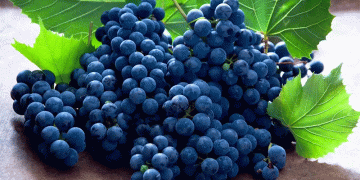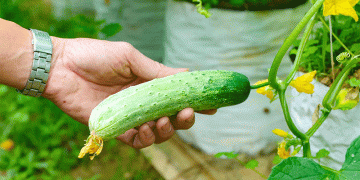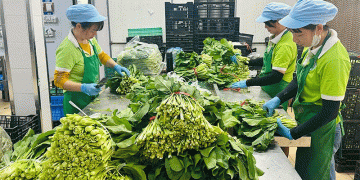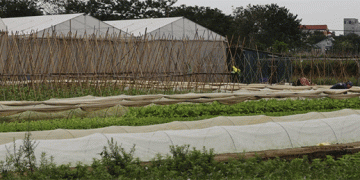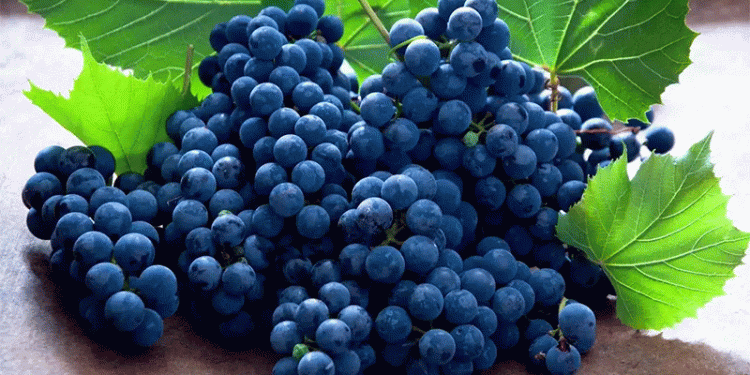Peru’s agricultural export sector has demonstrated remarkable dynamism in the first half of 2025, with shipments to Mexico reaching $438.8 million in non-traditional agricultural products—a substantial 25% increase over the same period in 2024. This growth represents a significant shift in hemispheric trade patterns and highlights the increasing importance of value-added, non-traditional crops in global agricultural commerce.
According to Peru’s Exporters Association (ADEX), total exports to Mexico reached $473 million during this period, with agricultural products comprising the overwhelming majority at 92.8% of total shipments. The standout performers were grapes, with exports valued at $66 million, and peppers, which reached $33 million in export value. This performance is particularly impressive given that Mexico itself is a major agricultural producer and exporter, suggesting that Peru has successfully identified and capitalized on specific market niches and seasonal advantages.
The 25% year-over-year growth in non-traditional agricultural exports to Mexico significantly outpaces global agricultural trade growth, which the FAO estimates at approximately 3-4% annually. This exceptional performance reflects Peru’s strategic focus on developing export-oriented agricultural sectors that leverage its unique growing conditions and counter-seasonal advantages relative to Northern Hemisphere markets.
The success of grapes and peppers specifically demonstrates the effectiveness of Peru’s agricultural development model. The country has invested heavily in:
- Advanced irrigation technologies to optimize water use in coastal growing regions
- Protected agriculture systems (greenhouses and shade houses) for quality control
- Post-harvest infrastructure to maintain product quality during transport
- Varietal development tailored to export market preferences
Peru’s counter-seasonal production window provides a significant advantage in supplying Northern Hemisphere markets during months when domestic production is limited. This strategic timing allows Peruvian exporters to capture premium prices during off-season periods.
The growing trade relationship with Mexico is particularly significant as it represents South-South trade cooperation between two major agricultural producers. Rather than competing directly, the two countries appear to be developing complementary specialization, with Peru focusing on high-value fruits and vegetables while Mexico maintains strength in other agricultural sectors.
Peru’s agricultural export performance in Mexico during the first half of 2025 demonstrates the powerful results achievable through strategic focus on non-traditional, high-value crops. The 25% growth rate significantly outpaces global agricultural trade averages and highlights the success of Peru’s export-oriented agricultural development model. For agricultural producers and policymakers worldwide, Peru’s experience offers valuable lessons in the importance of identifying market niches, investing in appropriate technologies, and leveraging natural advantages such as counter-seasonal production windows. The continued growth of this trade relationship also suggests increasing sophistication in South-South agricultural trade, with countries developing complementary specializations rather than direct competition. As global food systems continue to evolve, this type of targeted, value-added agricultural development will likely become increasingly important for countries seeking to maximize their agricultural export potential.
